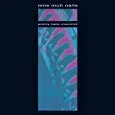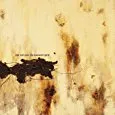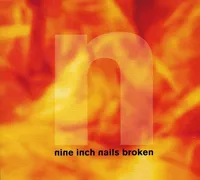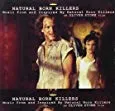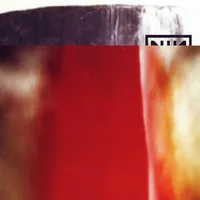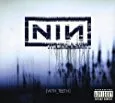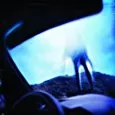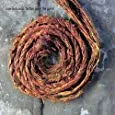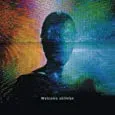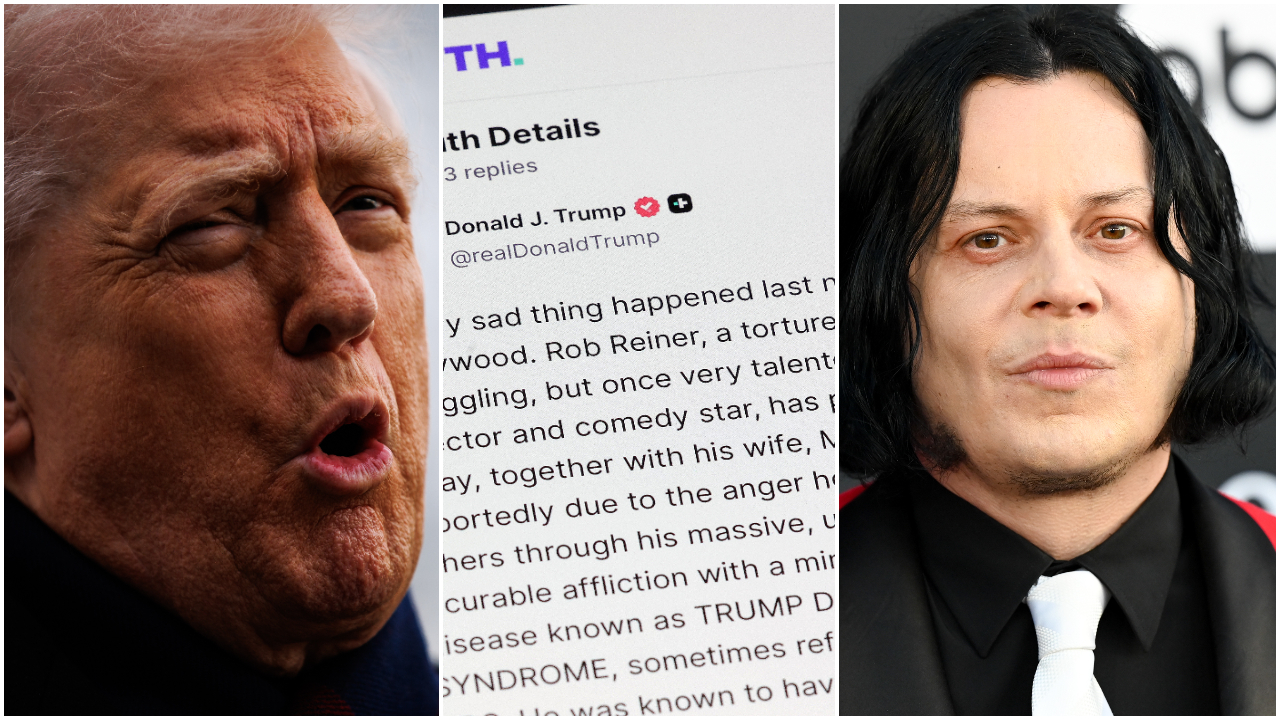Trent Reznor: A guide to the best albums
After groundbreaking albums with NIN, the reluctant icon found success as the go-to man for ‘edgy’ Hollywood soundtracks
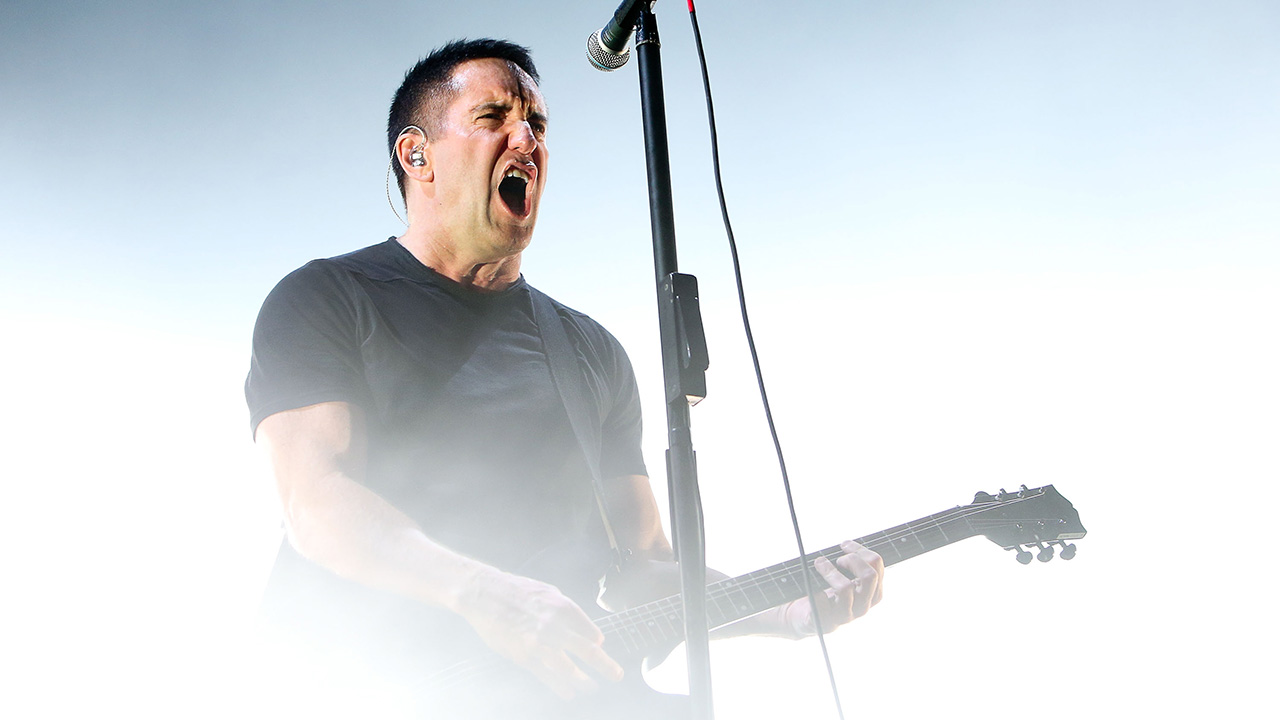
Inspired to pursue a career in music after seeing Kiss in concert, Reznor’s first break came when he got a job as a tape op in a recording studio. Left to his own devices when the facility wasn’t being used, he began experimenting with new digital technology, layering looped beats, samples, sheet-metal guitars and heavily treated vocals to create dense lattices of insistent, pulsing noise. He found the solitary, painstaking process to his liking. “Collaboration leads to compromise,” he loftily told one interviewer. “What would a Van Gogh be worth, artistically, if he had other artists dabbing their paint brushes on his canvas? ”
This single-minded, isolationist approach paid dividends. The success of Nine Inch Nails’ second single, Head Like A Hole, secured Reznor’s newly formed live band a slot on the inaugural Lollapalooza roadshow in the summer of 1991. When MTV cameras caught the apoplectic frontman trashing his entire back line after a disastrous debut at the tour’s opening date in Phoenix, the ‘alternative nation’ adopted him as its latest cult icon, much to Reznor’s discomfort.
NIN’s second album, The Downward Spiral, duly cemented his reputation as alternative rock’s new king of pain: self-medicating heavily with heroin and cocaine at the time, Reznor was the bookies’ favourite to follow Kurt Cobain to an early grave. Hollywood would offer an alternative escape route, with his acclaimed curation of the Natural Born Killers and Lost Highway soundtracks opening up new horizons and leading, ultimately, to Reznor winding down his band in favour of focusing upon more rarefied studio session work.

Nine Inch Nails - Pretty Hate Machine (TVT, 1989)
Nine Inch Nails’ debut didn’t start the industrial revolution, but it pushed metal machine music into the mainstream. Recorded on a computer and a keyboard sampler, with drum sounds imported from Public Enemy, Scritti Politti and Prince records, Reznor’s studio project arrived fully formed and reeking of sex, violence and chemically enhanced debauchery. Though it failed to breach the Top 40, singles Sin, Down In It and, most notably, the thrillingly propulsive Head Like A Hole became club and college radio staples, nudging its creator into the spotlight as the underground’s latest sullen anti-hero.
Nine Inch Nails - The Downward Spiral (Nothing/Interscope, 1994)
Recorded at the address where actress Sharon Tate was murdered by the Manson family, The Downward Spiral paints a chilling portrait of societal, moral and personal collapse.
Influenced by Bowie’s Low, and constructed from heavily processed guitar sounds, glacial electronics and distorted samples, its nightmarish atmospherics are enhanced by Reznor’s man-on-the-edge musings on religion, addiction, degradation and despair.
The Downward Spiral is unremittingly bleak, utterly believable and unquestionably Reznor’s finest hour.
Nine Inch Nails - Broken (Nothing/Interscope, 1992)
In dispute with his original record label TVT, who took the success of Pretty Hate Machine as a green light to market their new golden boy in a more commercial vein, Reznor recorded the Broken EP on the run, away from the prying eyes of his paymasters.
The result was a frenetic and incendiary set, gleefully described by its creator as “an ultra-fast chunk of death”. Brimming with self-loathing, the vicious Happiness In Slavery was accompanied by an instantly banned torture-porn video, while Wish became the first, and presumably only, Grammy-winning single to include the term ‘fist fuck’.
Various - Natural Born Killers OST (Nothing/Interscope, 1994)
A multi-artist collection with just three original songs by NIN might not initially appear to be a high point of Reznor’s creative output, but in producing the soundtrack to Oliver Stone’s serial-killer film, Reznor served notice of his ability to transcend the industrial rock pigeonhole and author a truly immersive soundscape.
Artfully blending snatches of dialogue with songs by artists as disparate as Leonard Cohen, Bob Dylan and Dr. Dre, Reznor created a hazy, hallucinatory experience which enhanced Stone’s warped visuals. Other Hollywood directors would take note.
Nine Inch Nails - The Fragile (Nothing/Interscope, 1999)
More nuanced, but no less harrowing than its predecessor, The Fragile can be viewed as a companion piece to The Downward Spiral, chronicling one man’s (ultimately doomed) quest to find a sense of place amid the chaos of modern life. Its isolationist anthems are by turns stark and disquieting (The Great Below, La Mer) or pained and desperate (The Day The World Went Away, We’re In This Together), presenting a fractured but fascinating narrative arc. Nine Inch Nails’ first US No.1 album, it’s a challenging and indulgent collection, but an undeniable artistic triumph.
Nine Inch Nails - With Teeth (Interscope, 2005)
Having purged himself of his addictions to alcohol and drugs, Reznor re-emerged from his post-Fragile fug sharper and more focused. NIN’s fourth album was, perhaps unsurprisingly, cast in the same mould.
Bolstered by the presence of Dave Grohl on drums, With Teeth is Reznor’s most muscular and overtly ‘rock’ collection – the pulsing The Hand That Feeds, the slinky, funky Only and the stirring Every Day Is Exactly The Same duly became NIN’s biggest radio hits since Head Like A Hole. Experimentation could wait – this is the sound of a man falling back in love with visceral rock‘n’roll.
Nine Inch Nails - Year Zero (Interscope, 2007)
Emboldened by the commercial and critical success of With Teeth, in 2007 Reznor unveiled his most ambitious undertaking yet: a sci-fi concept album linked to an alternative reality game examining the end of days for a dystopian society circa 2022. Over electronic sounds layered to construct tense, ominous atmospherics, Reznor wove a complex narrative integrating historical events – the 9⁄11 bombings, the Iraq War – with fictional scenarios involving the abuse of executive power and the erosion of civil liberties, taking on different character viewpoints. Post-Wikileaks, the plot sounds less paranoid than prophetic.
Nine Inch Nails - Further Down The Spiral (Nothing/Interscope, 1995)
A deconstruction of some of the pivotal tracks from The Downward Spiral, Further Down The Spiral manages the not inconsiderable feat of being even denser and more claustrophobic than its parent album. From Rick Rubin’s amped-up take on Piggy – featuring added guitar heft from Jane’s Addiction man Dave Navarro – to Charlie Clouser’s dancefloor re-assembly of Ruiner, via a skin-crawlingly creepy Coil remix of the title track (appended with the words The Bottom) and Aphex Twin original At The Heart Of It All, the tenth official NIN release is an uncomfortable but rewarding descent into the abyss.
How To Destroy Angels - Welcome Oblivion (Columbia, 2013)
In 2009, Reznor took the decision to stand down from NIN for a while and form a new collective with his wife Mariqueen Maandig. But the release of How To Destroy Angels’ debut was overshadowed by the announcement that NIN were on their way back.
This is a shame, for Welcome Oblivion possesses a seductive quality rarely exhibited elsewhere in Reznor’s canon. The glitchy, breathy Keep It Together recalls Portishead, the becalming Ice Age builds hypnotically on looped Eastern instrumentation, and overall this is a collection too poised and engaging to be dismissed as a mere footnote.
The latest news, features and interviews direct to your inbox, from the global home of alternative music.
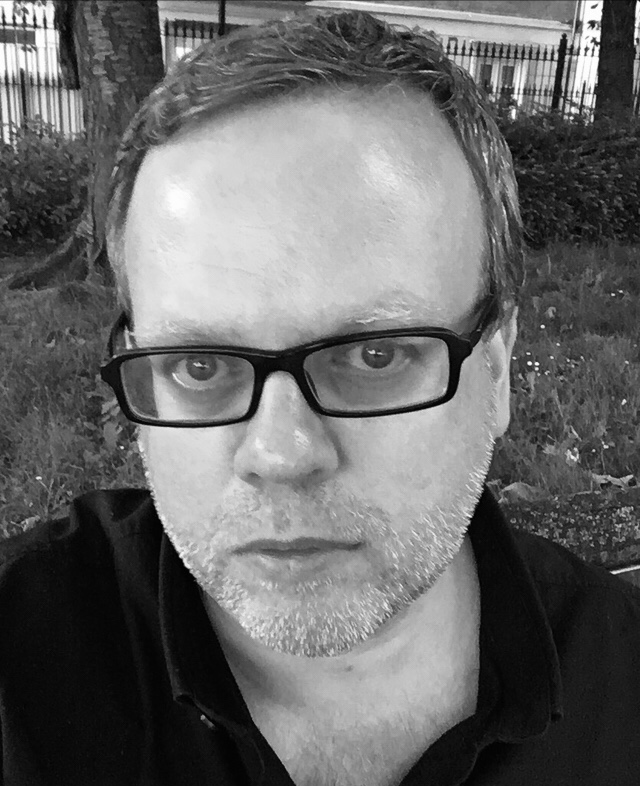
A music writer since 1993, formerly Editor of Kerrang! and Planet Rock magazine (RIP), Paul Brannigan is a Contributing Editor to Louder. Having previously written books on Lemmy, Dave Grohl (the Sunday Times best-seller This Is A Call) and Metallica (Birth School Metallica Death, co-authored with Ian Winwood), his Eddie Van Halen biography (Eruption in the UK, Unchained in the US) emerged in 2021. He has written for Rolling Stone, Mojo and Q, hung out with Fugazi at Dischord House, flown on Ozzy Osbourne's private jet, played Angus Young's Gibson SG, and interviewed everyone from Aerosmith and Beastie Boys to Young Gods and ZZ Top. Born in the North of Ireland, Brannigan lives in North London and supports The Arsenal.
